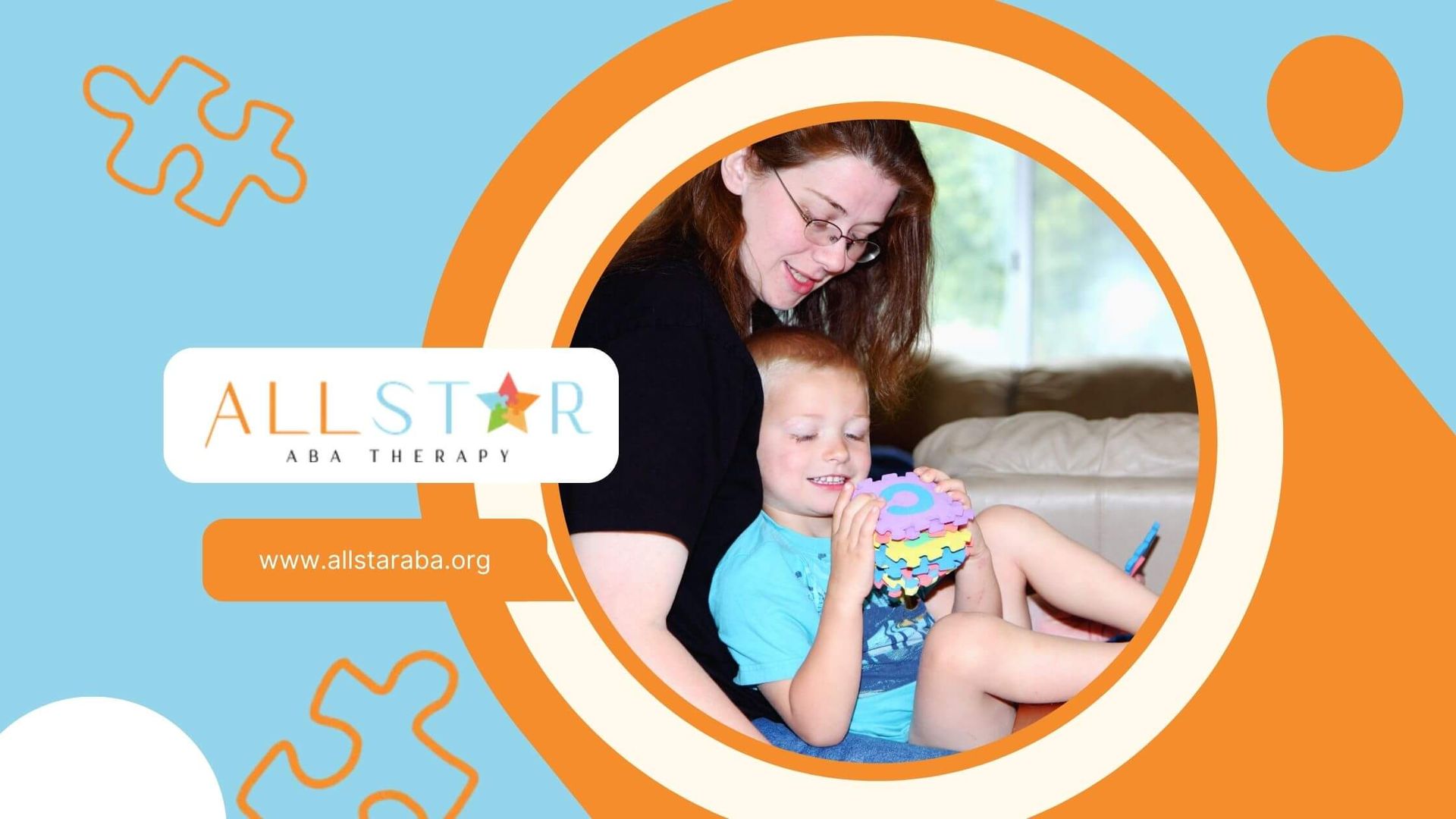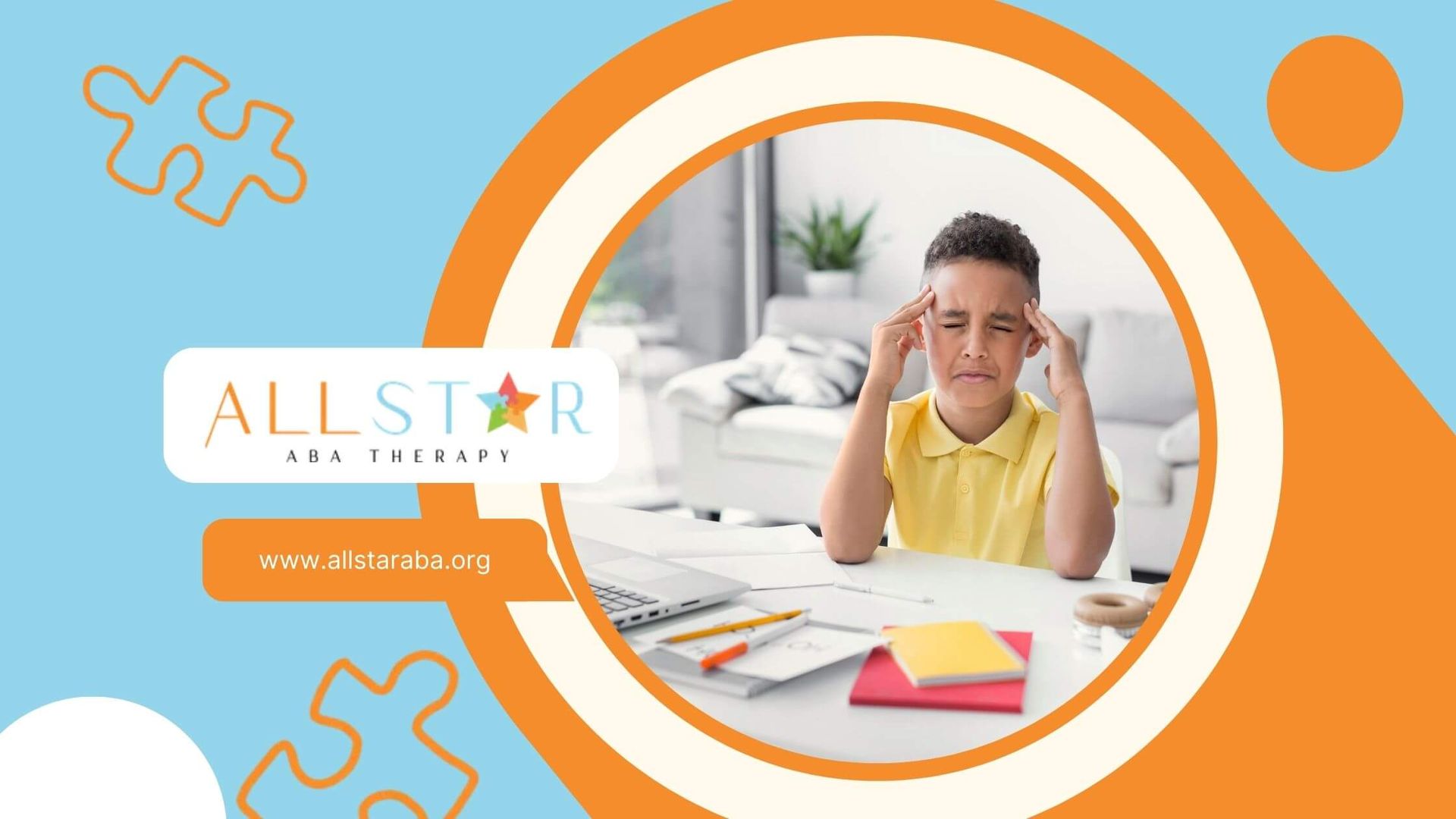New Paragraph
How In-Home ABA Therapy Improves Child Development
In-home ABA therapy has proven to be an effective way to support individuals with autism. It offers a more personalized, comfortable, and convenient approach compared to other settings, such as clinics or schools.
According to a study by the National Institutes of Health, families have reported significant improvements in their child’s social skills and behavior when ABA therapy is delivered in the home environment. This format provides the flexibility to focus on real-world situations, helping children learn and apply skills in their natural surroundings.
Why is In-Home ABA Effective?
One of the major benefits of in-home ABA therapy is its individualized nature. Therapists can tailor interventions specifically to the child’s needs, while also addressing family routines and home dynamics.
This personalized attention often leads to better engagement, faster progress, and more effective behavior management. Plus, parents and caregivers are often involved in the process, helping them feel more connected and empowered.
Research-Backed Results
A study published in The Journal of Autism and Developmental Disorders found that children receiving in-home ABA therapy showed greater improvements in communication and adaptive skills than those receiving therapy in a clinic setting.
The home environment offers less distraction and can be more conducive to sustained learning, especially for children who may feel overwhelmed by new environments.
All Star ABA offers personalized therapy in Maryland and Virginia tailored to your child’s needs:
- In-home ABA Therapy: One-on-one therapy in the comfort of your home
- School-based ABA Therapy: Support for children in their school environment
- Center-based ABA Therapy: Structured, focused therapy at our centers in Maryland and Virginia
Call All Star ABA today to schedule a consultation and take the first step toward your child’s progress!
FAQs
1. How does in-home ABA therapy compare to clinic-based therapy?
In-home therapy offers a personalized approach where therapists can directly address behaviors in the child’s natural environment, leading to quicker adaptation and more meaningful progress.
2. How long does it take to see results with in-home ABA therapy?
Many families report noticeable improvements within the first few months, though every child is different. Consistency and commitment from the family and therapist play a big role.
3. Can parents be involved in the therapy process?
Absolutely! In-home ABA allows for family participation, enabling parents to reinforce positive behaviors and skills outside of therapy sessions.
Need Support?
We're Here to Help!
Our experienced team is ready to assist you. Reach out today to discuss how we can support your child's development and well-being.
Get started with expert ABA therapy today.








